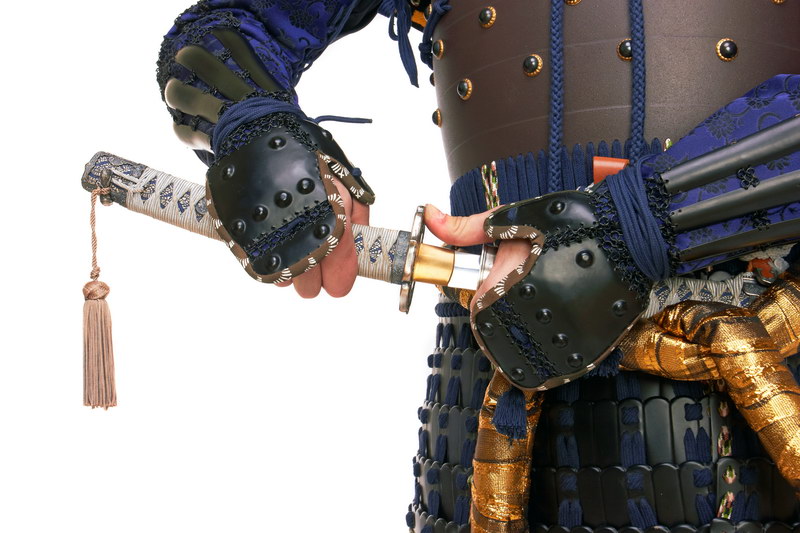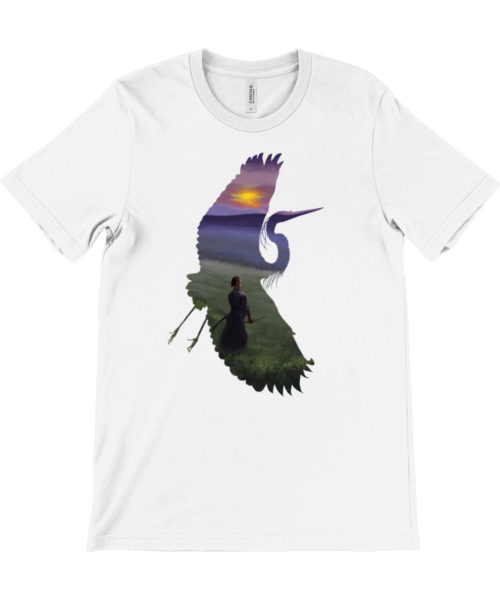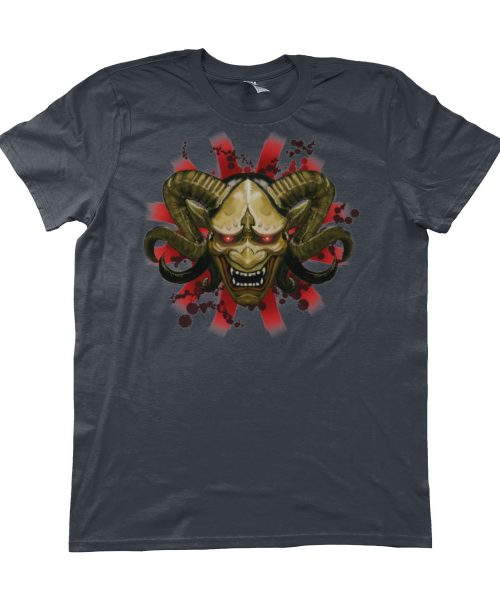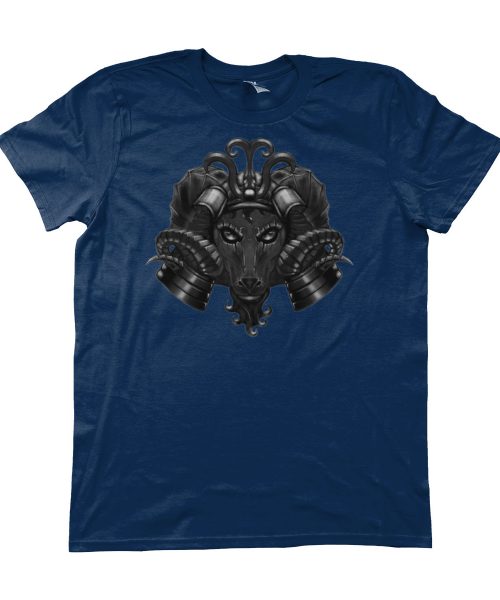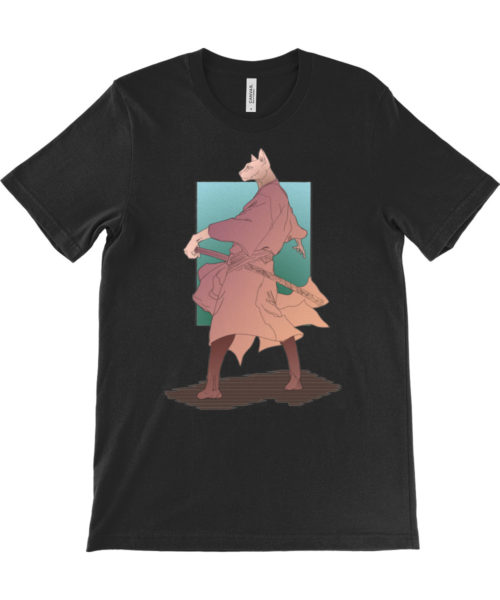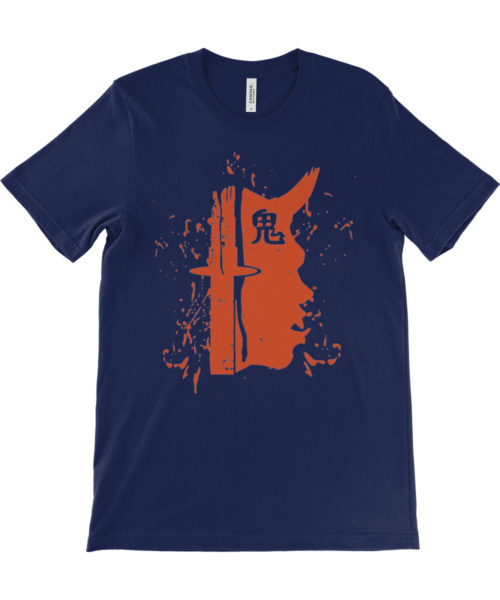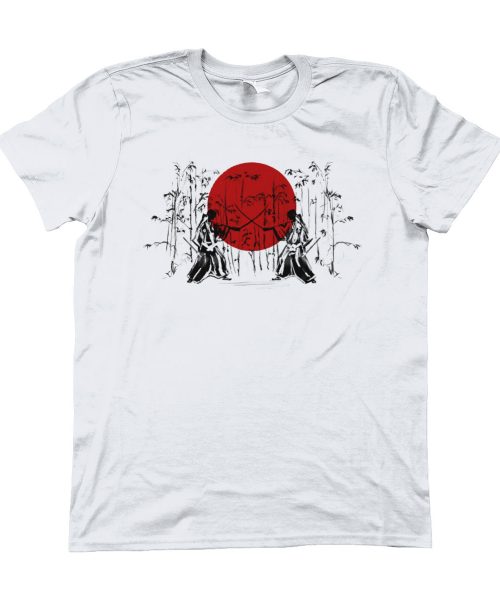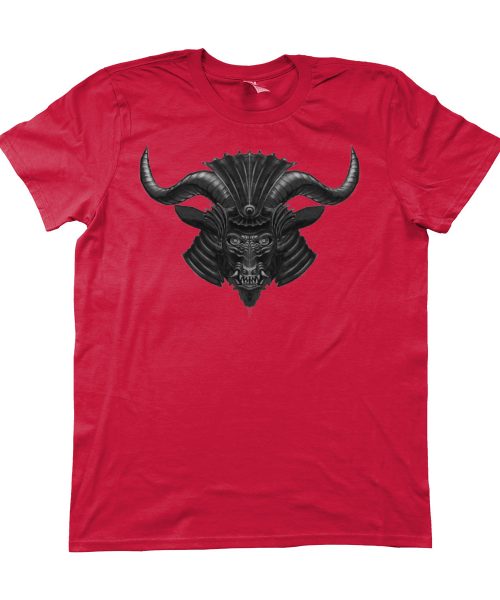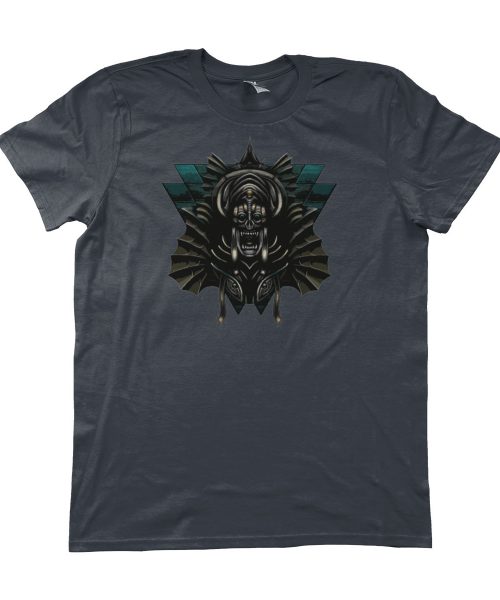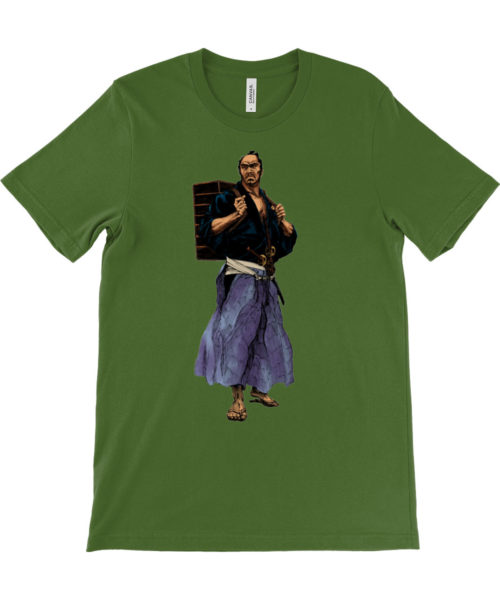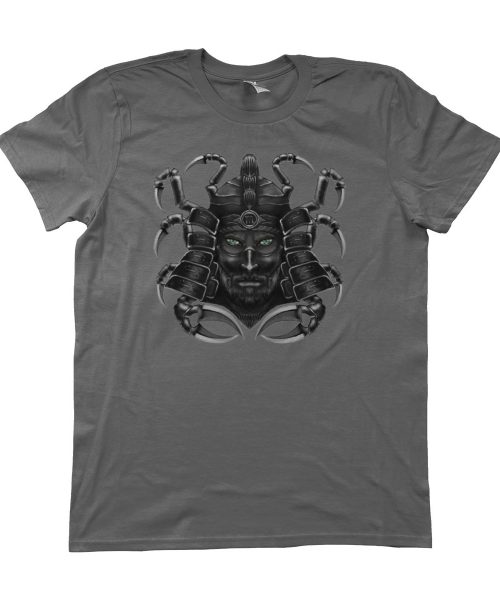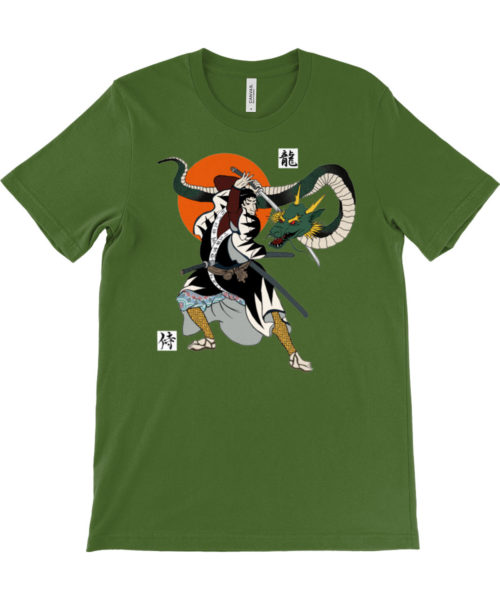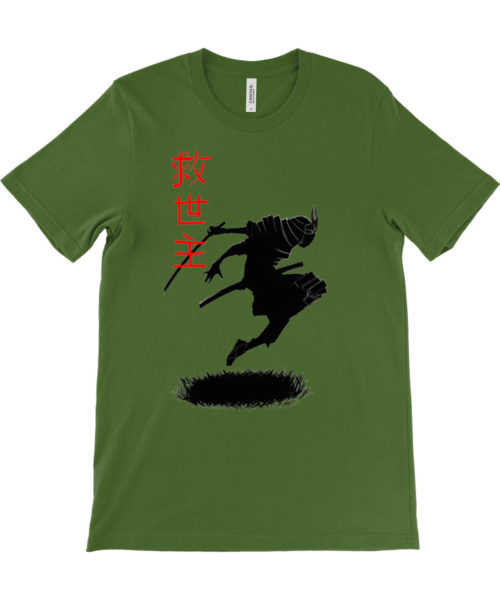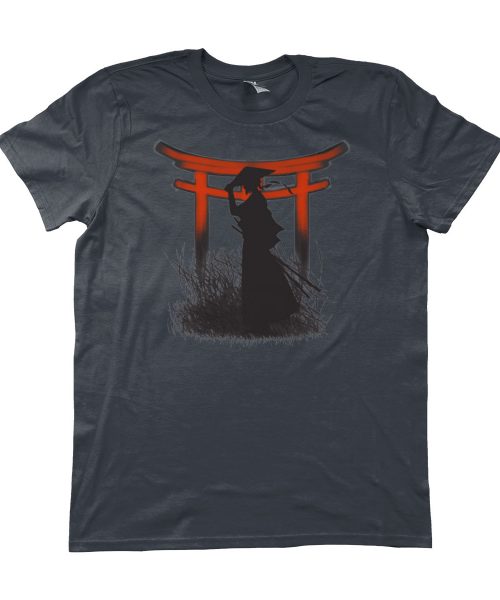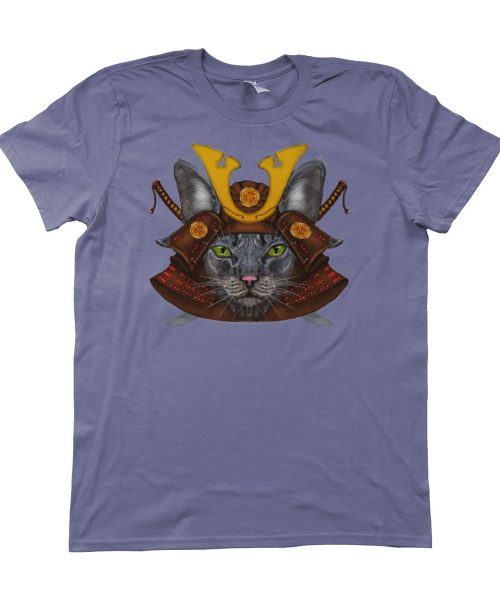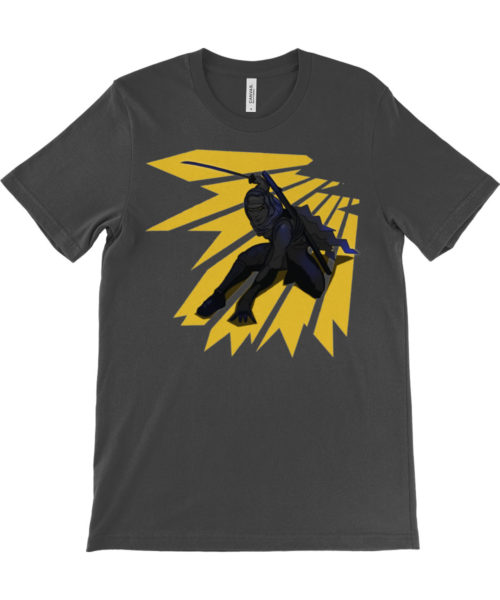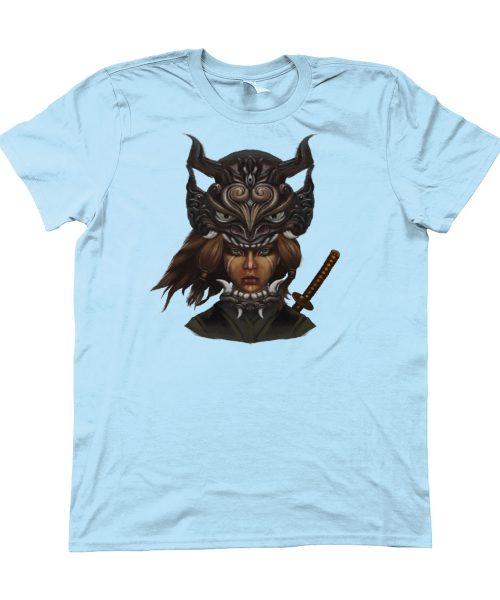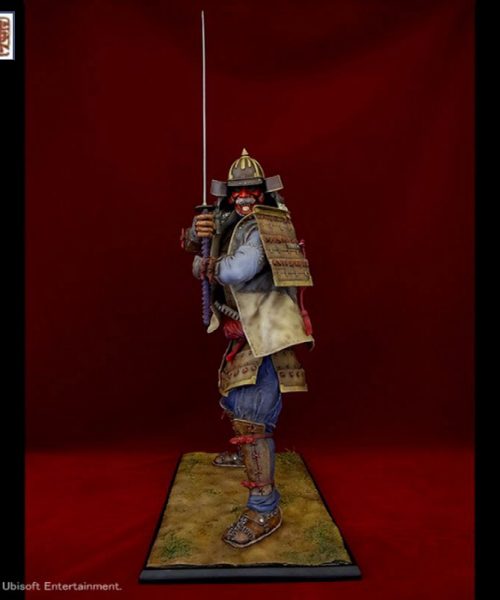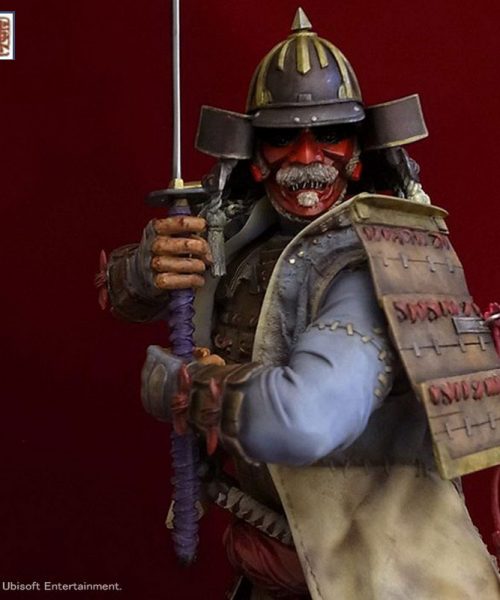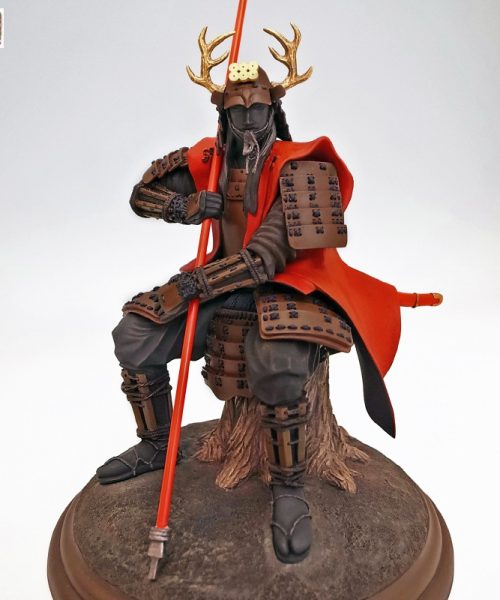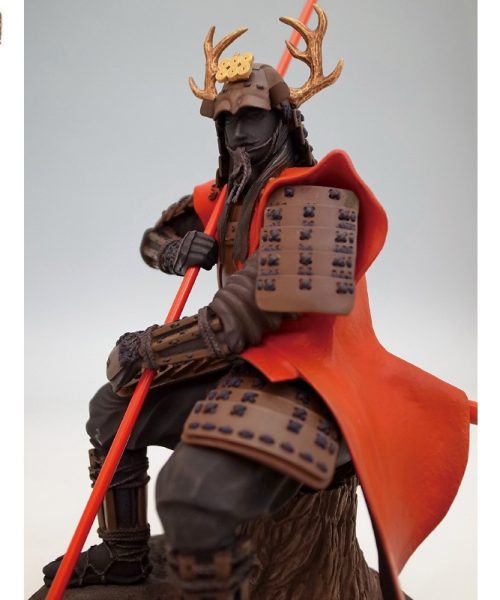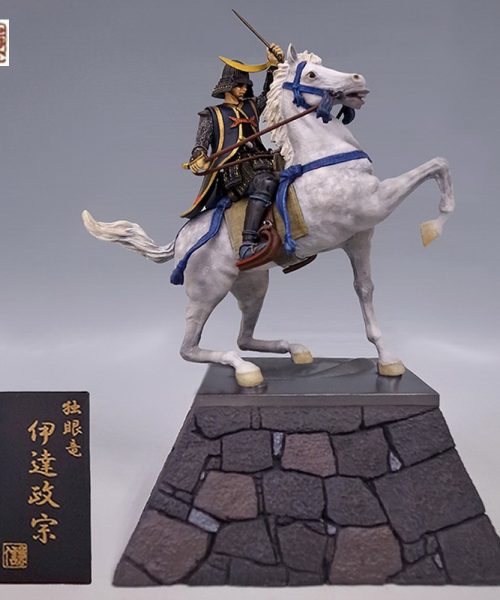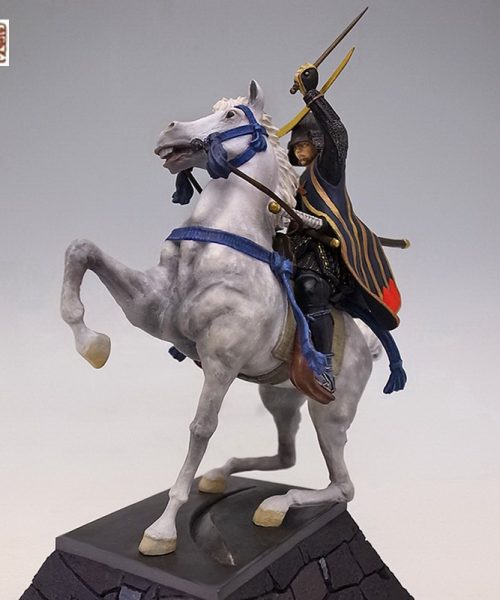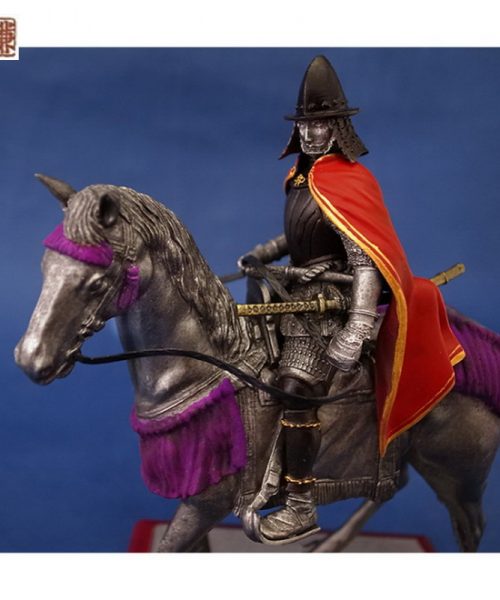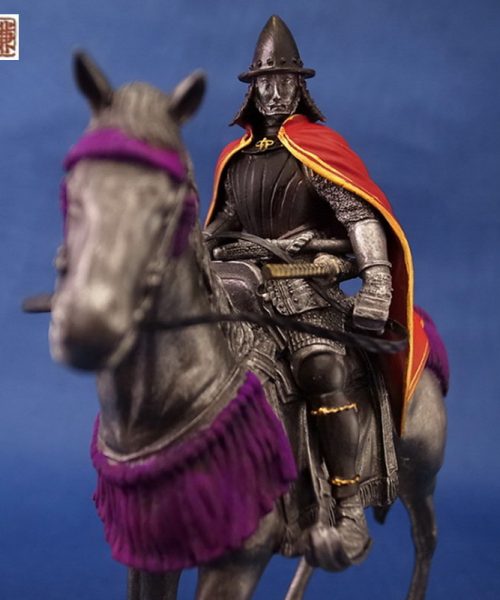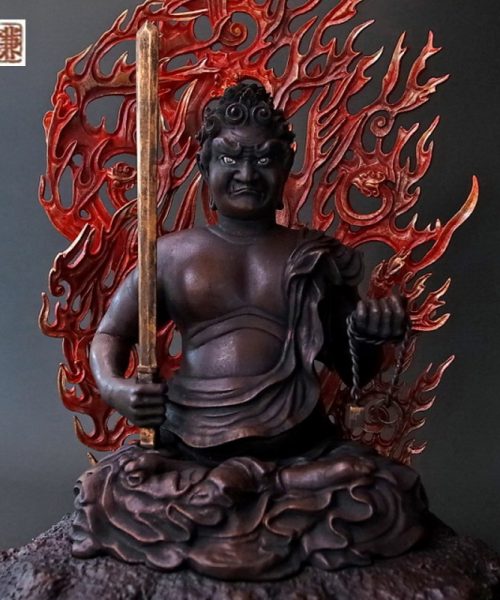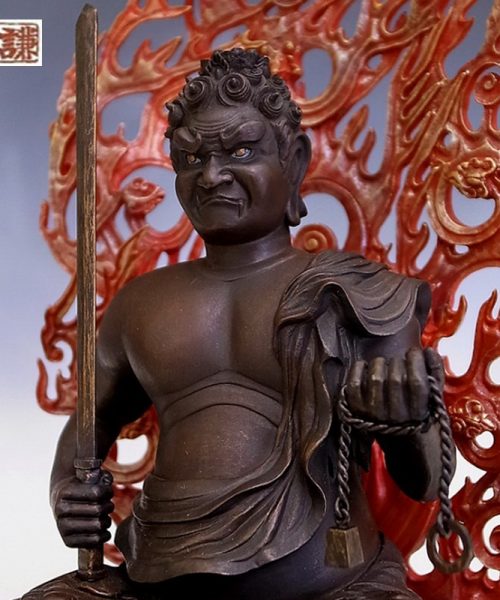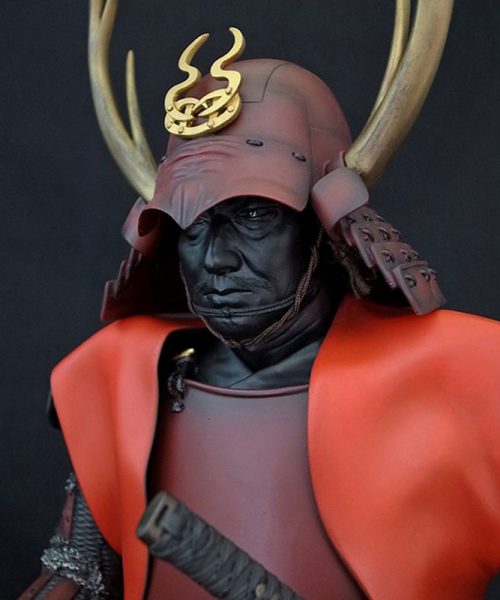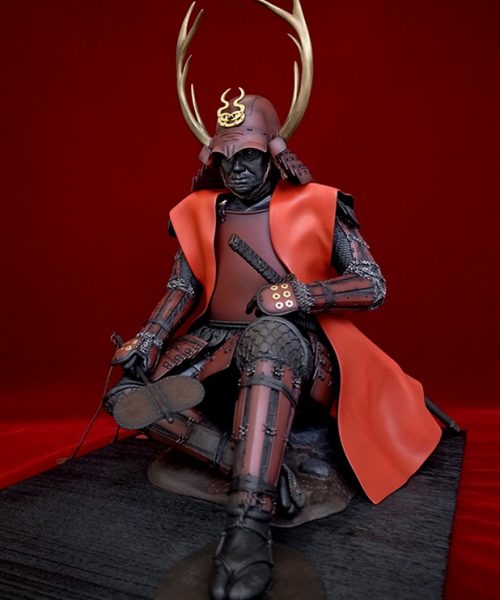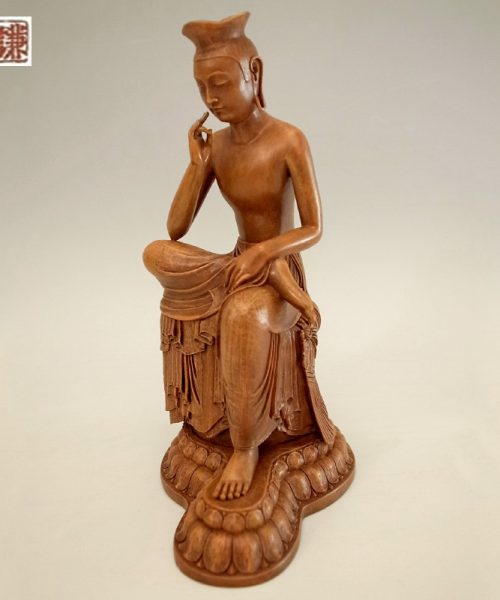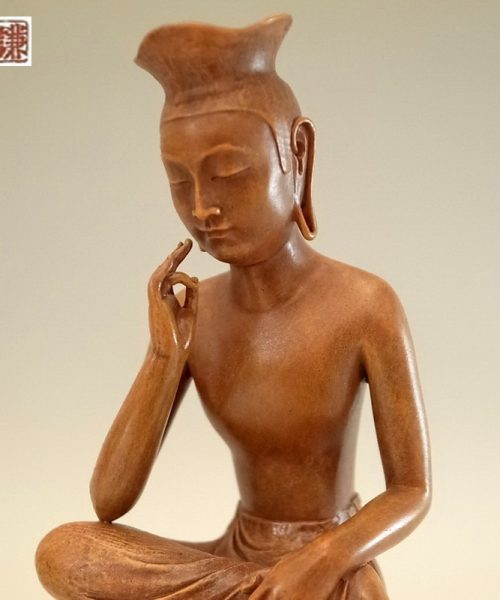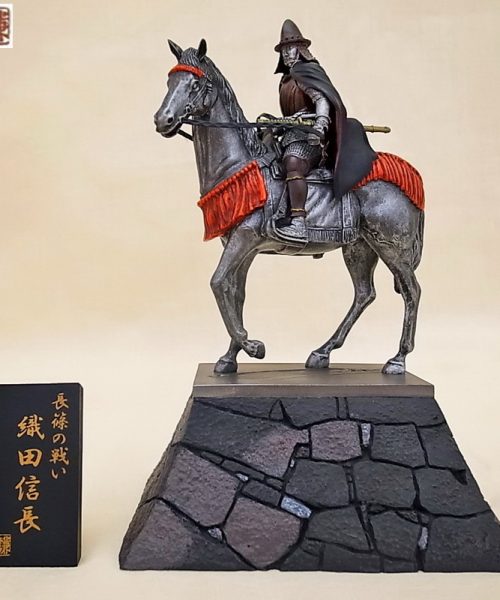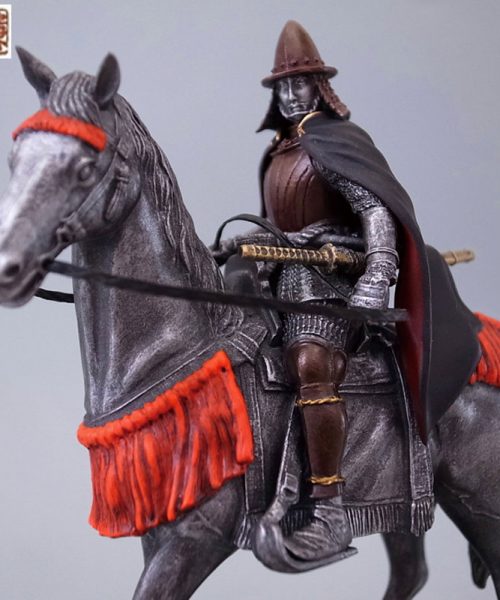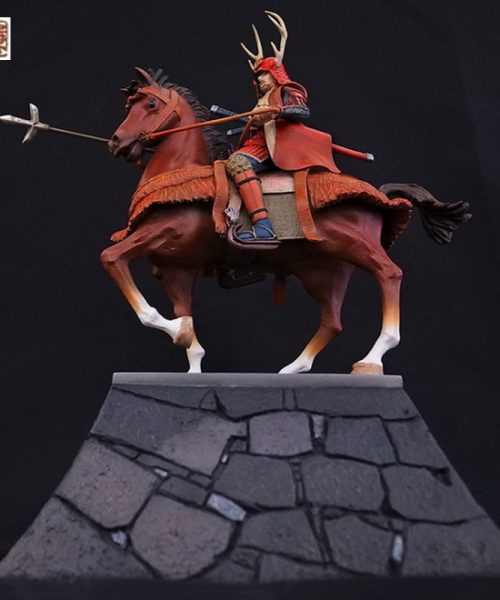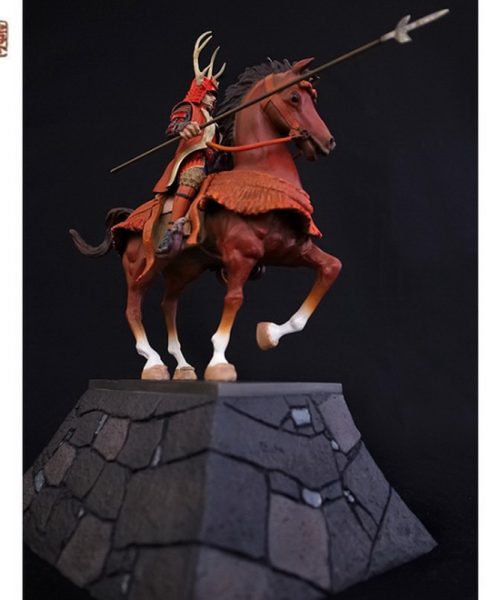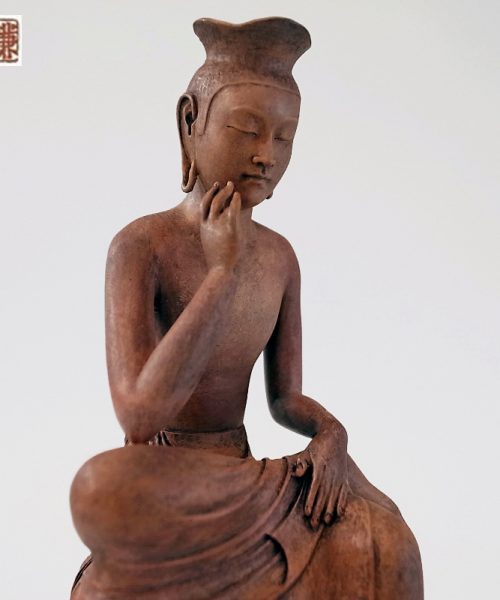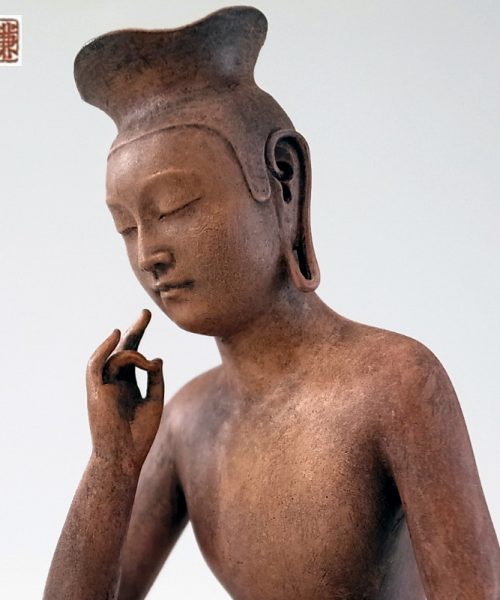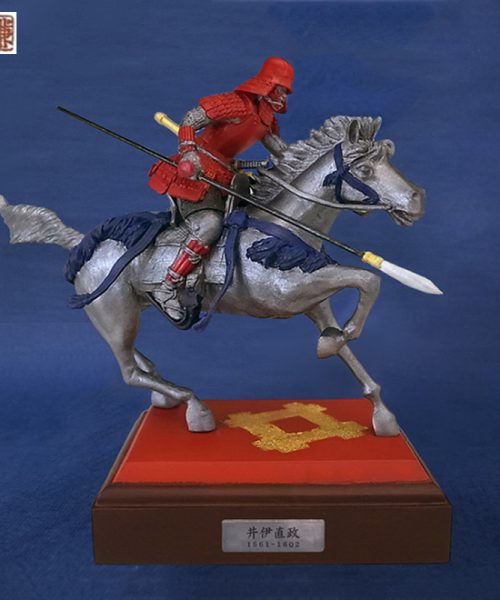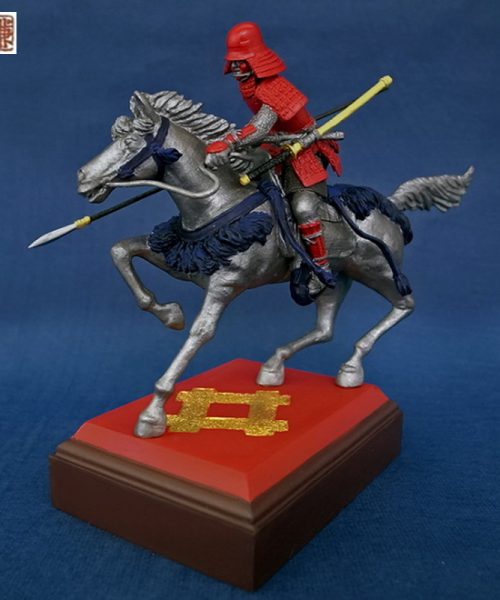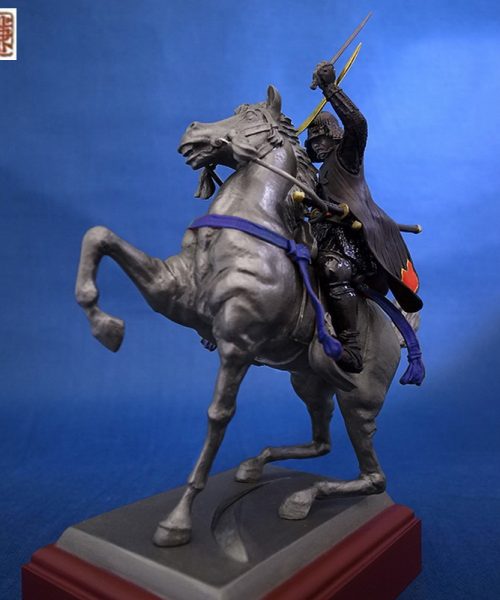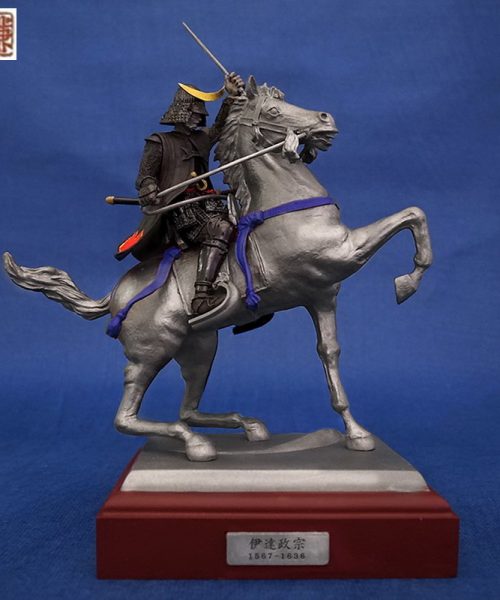No products in the cart.
Japan History
A Journey to the Past: Top Ten Books about Samurai
Books about Samurai
The Samurai were a group of skilled and powerful warriors from ancient Japan. Today, people still considered them as prominent figures that people from all over the world look up to. As time pass, their popularity continues to increase. Hence, their growing appearance in a lot of movies, films, and more. Here is a list of the all-time top ten books about Samurai warriors everyone should check out.
Tale of the Heike – Anonymous

First on the list of our top ten books about Samurai is the Tale of the Heike. It is an epic account comprised of the struggles between the Minamoto and Taira. They fought for control over Japan in the years 1180 to 1185 during the Genpei War. Heike is a term referring to the Taira where Hei works as an alternative reading of the very first symbol. The Tale of Heike also often equates to a Japanese Iliad.
It is one of the most important works of art of Japanese literature, up to par with The Tales of Genji in quality and prestige. This translation is more readable and is also more faithful to the content and style of the original. This edition is highly annotated for the general audience and the specialist.
The 47 Ronin – John Allyn
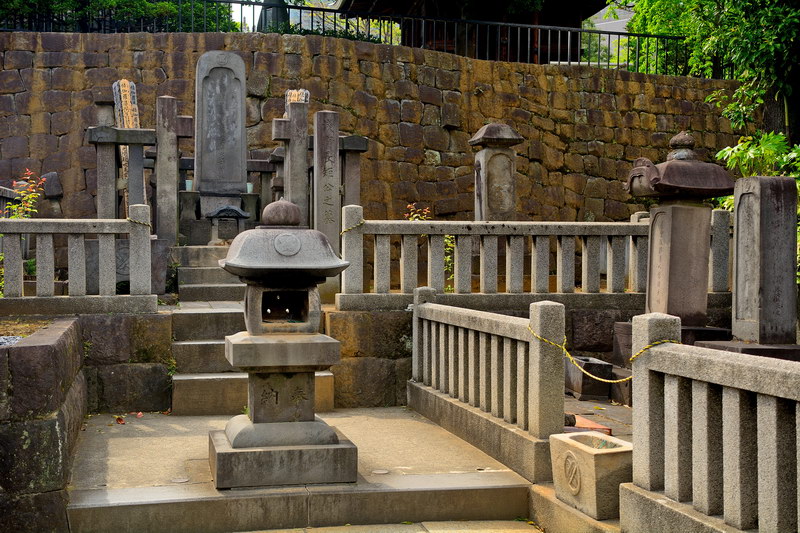
47 Ronin story is a classic story of Lord Asano from Ako. It is one of the deadliest vendettas in the feudal history of Japan.
The revenge of 47 Ronin, also known as the Ako incident or Ako Jiken, is an 18th-century historical moment in Japan. It is about a group of Ronin (leaderless Samurai) who avenged the death of their lord. This entire incident has become a legendary part of history.
The band of Samurai became Ronin after Asano Naganori, their lord, committed Seppuku. This was due to him assaulting Kira Yoshinaka, who was a court-martial with the title of Kozuke No Suke. After waiting for a year, these Ronin avenged Naganori’s honor by killing Kira. Because of the act, they also committed Seppuku for murdering Kira.
Soon, the story became popular in Japanese culture as a sign of sacrifice, loyalty, and honor. It is something that should be part and preserved in their daily lives. The popularity of the tale was developed in the Meiji period. This was when Japan went through fast modernization.
It was also when the story became rooted in the discourses of national identity and heritage.
In a Grove: Rashomon and Other Stories – Akutagawa Ryunosuke
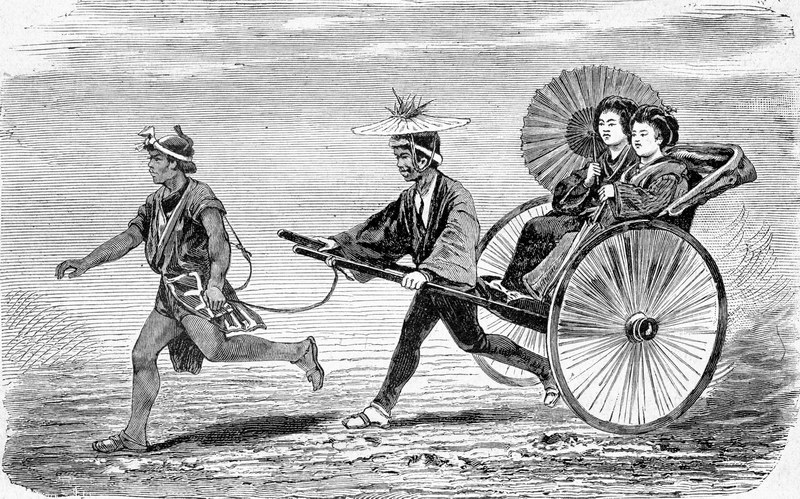
Akutagawa Ryunosuke began writing at the start of the 20th century. He created disturbing yet interesting stories out of the country’s cultural upheaval. Whether his fictional tales were set in the past or close to the present, he sure was a modernist. Akutagawa would write in polished, nuanced prose, exposing the needs and flaws of humans.
A List of the Training and Leisure Activities of a Samurai
8 Samurai Myths or Misconceptions About Them
In a Grove, a story that was the basis for the classic film, Rashomon, tells of a tale of a Samurai warrior’s killing. This was via a testimony of many witnesses, including the spirit of a man who was a victim of murder.
Akutagawa has written a large number of great tales, making him a master storyteller. He also became the voice for contemporary Japanese literature.
Child of Vengeance – David Kirk
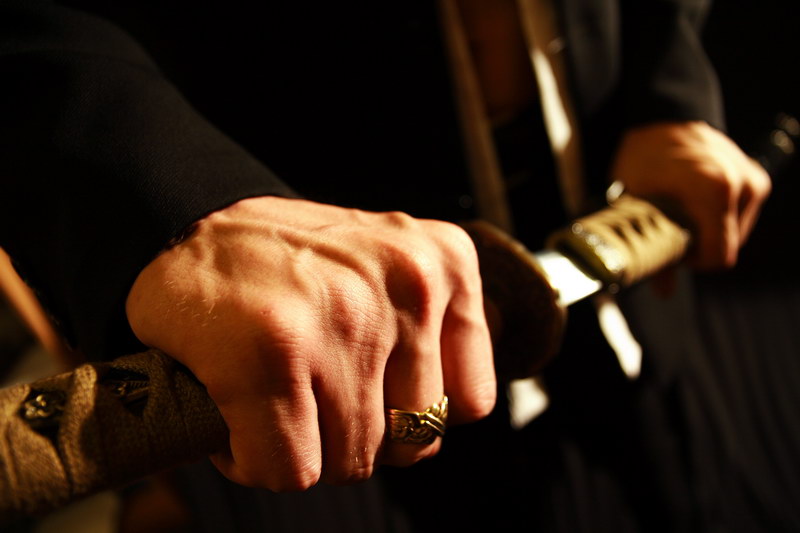
During the late 16th century in Japan, the country was a land in turmoil. Here, the lords and leaders of great clans schemed and fought against each other. The aristocratic Samurai were bound to them via code of honor.
This is one of the top ten books about Samurai, where Bennosuke is the main character. He is a high-born teenager who was lonely, residing in his ancestral village. His mother died when he was still young. His warrior father, on the other hand, abandoned him to serve his lord, Shinmei.
Raised by his monk uncle, Dorinbo urges the boy to forego the warrior’s violence. His uncle also urged him to embrace and accept the contemplative lifestyle. It was a demanding lifestyle for the boy to follow since he worships his warrior father.
Being A Female Samurai in the Medieval Era
Ten Things to Know Before Owning a Samurai Sword
Kabuki: Wonders of Japanese Theater
At some point, his father, Munisai, returns but is gravely injured. With that, Bennosuke confronts and finds the truth about the family’s history. Plus, he also confronts his father of his own place in it.
Soon, the revelations guide the boy down the path of the Samurai. There he faced bravery, blood, and even vengeance. This is the story of Bennosuke’s journey that culminated the battle of Sekigahara.
It is a vibrant and very absorbing story that explores the complexities of a man’s quest. This is simultaneous with capturing a turning point in the history of the Japanese.
The Samurai – Shuusaku Endo
Get Your Awesome Samurai T-Shirt
In 1613, the dream of the missionary Father Pedro Velasco came true. The Japanese crossed the Pacific Ocean for the first time, and he went with them. He set sail for Mexico, Spain, and Rome with the Samurai army. By opening up relations with the West, he hoped for Japan to become ready for conversion to Christianity with him as Bishop. However, fate had other plans for Father Velasco.
Endo’s The Samurai is an excellent portrayal of a historical voyage that comes with danger and challenges. It is a haunting story of faith and faith, endurance, and arrogance.
Taiko: An Epic Novel of War and Glory in Feudal Japan – Eiji Yoshikawa
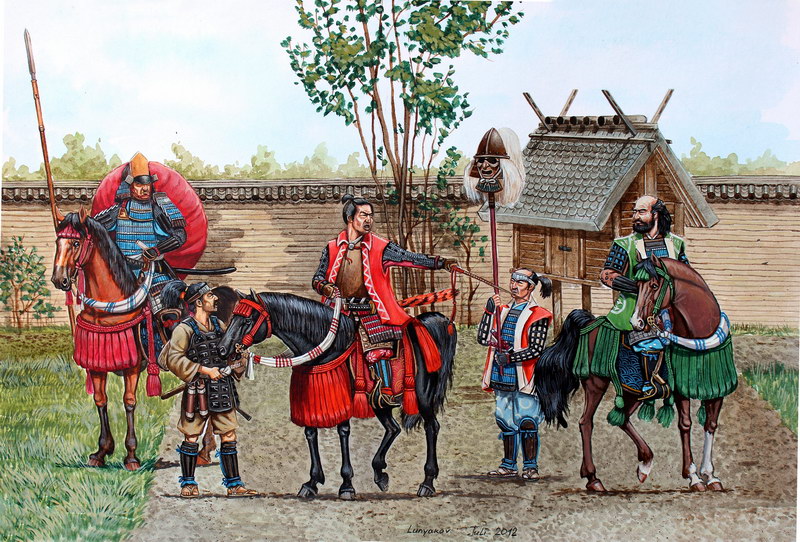
Little Hiyoshi, a simple boy from the provinces, survives an unhappy childhood. With his devotion and diligence, he united Japan in the 16th century. Soon, he becomes the leader of the country.
Due to a succession of weakened Shogun, the power in Japan has been decentralized. Battles become constant over the centuries. This time, Lord Nobunaga assigns Hiyoshi as his right-hand man. Along with that, Hiyoshi earns the name Hideyoshi.
As they worked together, they united one province after another. Through the years, Hideyoshi becomes more indispensable. He receives better jobs as time passes until he eventually becomes Japan’s ruler.
Taiko is a long, episodic story that tells the life of the Toyotomi Hideyoshi, the second unifier of Japan. With its many stories that evoke Feudal Japan, Taiko became one of the top ten books about Samurai.
Cloud of Sparrows by Takahashi Matsuoka
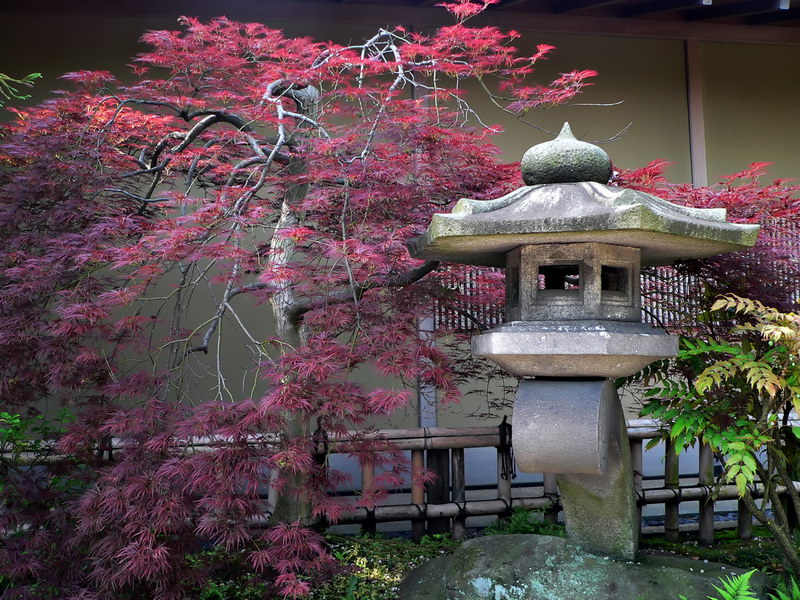
The story takes place amidst the beauty and violence of Japan’s 19th century. It takes us beyond the country’s majestic realm of Zen masters, Samurai, and Geisha. The story tells about the conflicts of Genji, the Lord of Akaoka. It is a combination of a love story and historical adventure.
Shogun – James Clavell
Shogun is a 1975 novel that tells about Feudal Japan during the 1600s. This was a time of uncertain peace when the heir to the Taiko was too young to rule. Due to that, the Council of Regents or the five most powerful overlords of the land held power. Despite the West gaining a foothold in Japan with plans to expand their power, the Japanese remained xenophobic. Foreign influence was a threat to the country’s traditional Samurai culture.
Code of the Samurai: A Modern Translation of the Bushido Shoshinshu of Taira Shigesuke – Daidoji Yuzan
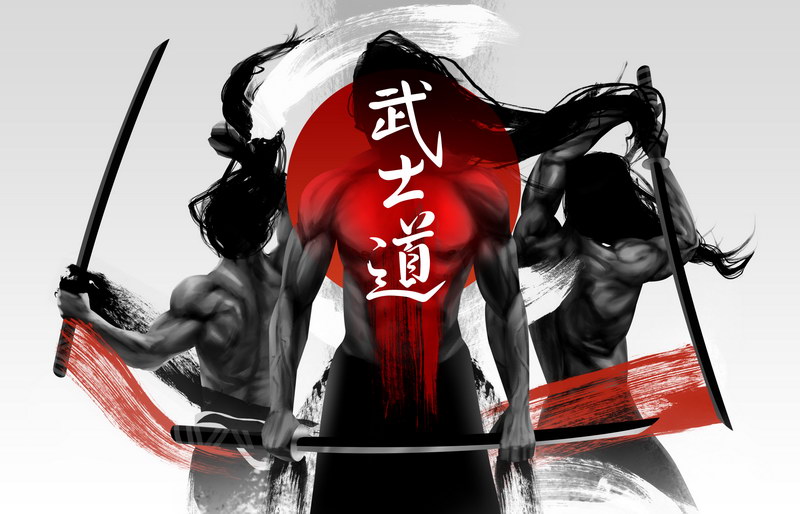
Code of the Samurai is a 400-year old explanation of the Bushido or the Way of the Warrior. The book tells about the rules and expectations that the code embodies. Aside from that, it explains why it played an essential role in shaping the modern martial arts and society. One will understand the Japanese government, corporation, and individuals today.
A Book of Five Rings – Miyamoto Musashi
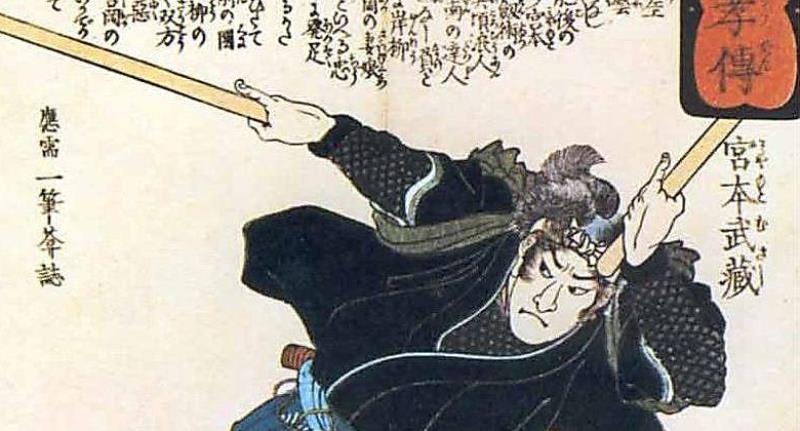
Miyamoto Musashi’s A Book of Five Rings is a book on Kenjutsu and martial arts. Various writers have done several translations throughout the years. Not only martial artists enjoy the book, but also people across East Asia. Business leaders find conflicts relevant to work in terms of business. Today the Hyoho Niten Ichi-Ryu uses this book as a guide for technique and philosophy.


